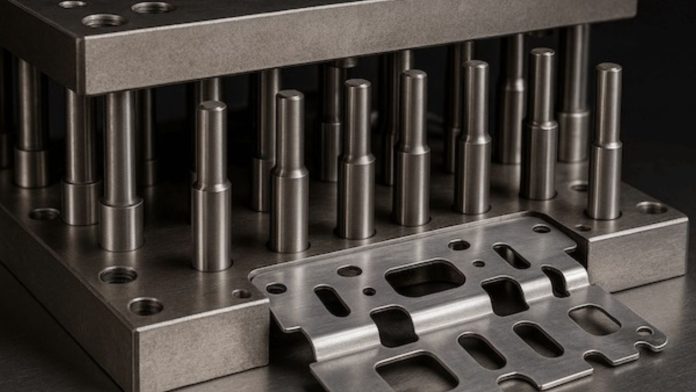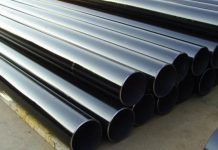In contemporary manufacturing, precision molds are necessary to create repeatable, high-quality components in the automobile, medical, electronic, home appliance, and consumer goods industries, among others. Although many molds can easily work with standard parts, some projects require a greater degree of customization. Individual custom mold component suppliers are needed to meet special production needs, ensure mold consistency, and provide mold durability.
Applications That Demand Custom Mold Spares
Custom mold spare parts are required when the design of the products incorporates complicated geometries not accommodated by the standard parts. Special components need to be designed specifically to fit the look of the mold to fit undercuts, complex cavities, deep ribs, and special contours. Standard ejector pins, slides, or inserts usually cannot bring the desired shape or performance, and the only choice is to custom machine.
It also requires customized parts, for which the mould tolerance must be excellent. Such industries as electronics and medical manufacturing need accuracy at the micron level. Such fine specifications are seldom found in standard catalog components. Custom machining provides the opportunity to make each part to be produced at the necessary level of accuracy, which guarantees a uniform outcome of the molding process.
High Volume High Wear Applications
Big batches of production cause great pressure on molds and their inner parts. In the case where a project requires high-endurance, regular steel components may not be able to endure the wear and tear of cyclic use, increased pressure, and temperature. One can find custom components of tungsten carbide, hardened tool steel, or wear-resistant alloys that provide a better level of durability and performance.
The custom molded spare parts also contribute to lessening the downtime of the machine as they offer components that are not easily worn away, corroded, or deformed. These components contribute to increased productivity and reduce the number of fixes or replacements.
Making Non-Standard Replacement
Most companies are still operating on molds that were produced long years or decades ago. These ancient molds are frequently of an unmatched part that is no longer in stock. In case of the failure of such components, the replacement of these parts needs custom mold spare parts.
Manufacturers can use the original drawings or reverse-engineer to produce a perfect copy. At the cost of saving much time and money, custom replacements do not necessitate the redesign or re-manufacture of the entire tool, and the mold can still be used.
Custom Mold Spare Parts: Better Than Normal
A custom mold is used to manufacture spare parts, ensuring every part of the mold follows a precise design. Once the parts are a perfect fit, the molding process is consistent, and the end products can be of the same dimensions, look, and have the same structural integrity. This is necessary, particularly when making parts that are subject to very high regulatory or performance requirements.
Custom parts can be used by utilizing premium material and precise machining to ensure that the performance of the mold is sustainable in the long term.
Flexible Design of Custom Components
The manufacturers tend to come up with new products that will demand special shapes and features. Use of standard mold components restricts the scope of designs. Product designers have the liberty to design accurate features through custom mold spare parts without affecting both the aesthetics and functionality.
Slides, inserts, core pins, and lifters can be molded to the precise shape needed, and the manufacturers can introduce the complex designs into reality without compromising production efficiency. This flexibility assists the firms in remaining competitive in markets where differentiation of products is a requirement.
Process of Production of a Custom Mold
Custom mold spare parts production is a very high-tech process whereby advanced machining and techniques must be applied. It begins with detailed drawings or a 3D model, which gives particular geometry and tolerances. The components are machined using CNC milling, CNC turning, surface grinding, profile grinding, and EDM.
The quality control plays an important role in the production of high-quality parts. Machines and devices, such as CMMs, projectors, microscopes, and height gauges, are used to ensure that the size, tolerances, and surface finish meet the design requirements. These are tests that ensure that every part is molded in.
Conclusion
Custom mold spare parts become inevitable when the project needs either complicated designs, precision, increased material lifecycle, or non-standard components. With the help of custom parts produced by high-machining technology, the companies can enjoy better mold performance, increased stability in production, and design flexibility. In such industries as those that require accuracy and consistency, custom mold spares are an important investment in the production success in the long term.










